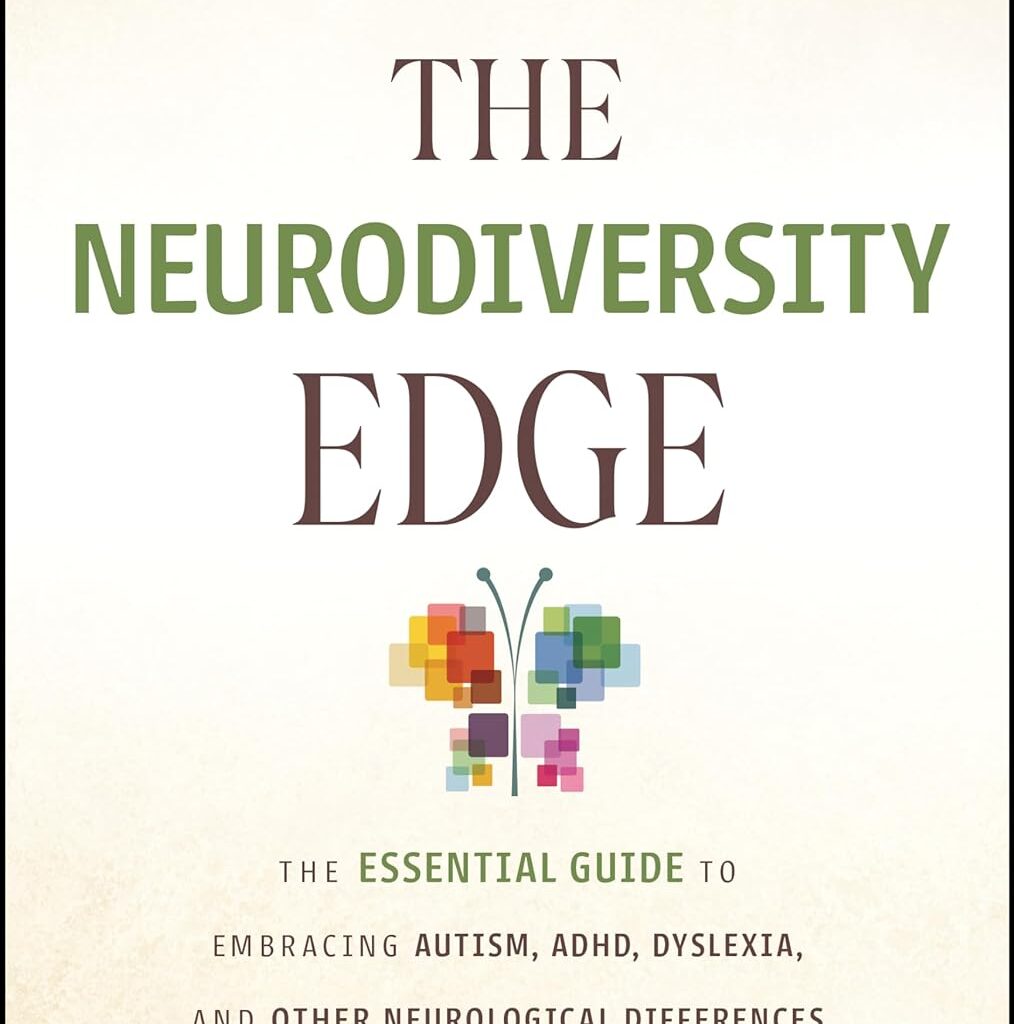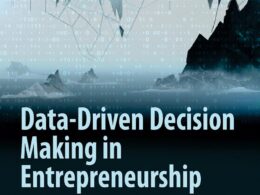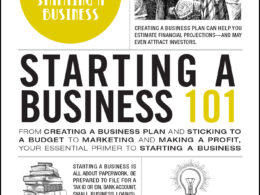The following is an excerpt from “The Neurodiversity Edge” by cognitive scientist and neurodivergent business leader Maureen Dunne. In the book, Dunne explains how we hurt ourselves as a society when we label “different” as deficient. She describes how we can better recruit and interview neurodivergent job candidates as well as improve our businesses by learning how to retain and promote them. By placing value on their comfort levels and accentuating the strengths of neurodivergent workers, Dunne writes, we can retain and leverage the many key strengths (lateral thinking, intuitive insight, inductive leaps of creativity, resistance to manipulation or social pressure) these employees can offer.
In 2021, I received a request from the CEO of a technology company. For the purposes of this passage, I will refer to him as Mark.
When we finally got on a call, he told me that his first-born child had recently been diagnosed as on the autism spectrum, and that diagnosis spurred him to devour every piece of research he could get his hands on. He said the research he did into neurodiversity, in general, was perhaps the biggest eye-opener.
He wasn’t aware of the term or the notion that there was this vast community of people all sharing a similar kind of separateness from the rest of the world because of a degree of divergence in cognitive profile, many of them believing they have something special to offer while chronically swimming against wind and tide in terms of participation in the economy.
He was quick to jump on board with the idea of authentic neurodiversity inclusion, probably spurred by his son’s diagnosis and a desire to help build a world that would work for him. But I think it had something to do with Mark’s struggle to find enough new talent to take advantage of the demand growth function that defined his current prospects.
In any case, he knew enough to know he needed someone to help him translate that sense of opportunity into an actual business transformation.
Leading by Example: 20 Inspirational Leadership Stories in Startups
By the time he and I first talked, he had already tried to get the ball rolling by bringing on a consultant with a checklist who conducted a few training sessions with managers and the HR team. Basic stuff: What is ADHD? How to accommodate sensory hyperstimulation concerns with autistic employees. Detecting bias in the interview process.
But he didn’t feel that the project was progressing well. “What are we missing here?” he asked.
“Education is critical,” I replied. “And introducing accommodation is necessary. But these steps are on the surface. I have a friend who owns an estate winery business. He has rapidly expanded over the past five years, buying up new land and scaling up his production. When he starts a new vineyard, he says, the bottle he eventually produces from that new plot will only be as good as the land where the grapes are grown. Most of the work from land deal to the corking of the first perfect bottle from that land is spent preparing the site: getting the pH balance right, creating slopes for drainage, adding potassium and lime, growing cover crops for a year ahead of first grape seeding. If you underinvest in that part of the process, nothing you do later will make much of a difference.”
He was nodding as I talked. He seemed to get it right away and make the crucial connection with his organization.
I went on to explain that the work he had been doing introducing basic accommodation measures, such as handing out educational materials, instituting sensory-friendly environmental options, occasionally holding a mandatory training session or showing a video was helpful. But it could be a bit like trying to fix cracks in a building’s foundation with nothing but landscaping and paint. If there is a gap at a deeper level that needs to be addressed, then that’s where the process needs to begin.
Sign Up for The Start: A Newsletter Built for Entrepreneurs
In the same way, you won’t get traction with neurodiversity inclusion unless practical measures are introduced into a context where they connect with an underlying foundation of psychological safety, genuine acceptance of cognitive diversity, and a culture that celebrates transparent communication. If those dynamics are truly in place, then more practical steps will be able to take root and help the entire team flourish, no matter where any given person fits on the spectrum of human neurodiversity.
Mark was willing to accept this premise wholeheartedly and commit to the entire process. At that point, I knew this was going to be a successful story because it was clear to me that his team trusted him. The rest of the process was just details.
I visited his team next and conducted a neurodiversity inclusion audit to set a baseline for future comparison. He had a diverse team in all respects and a culture built for celebrating new ideas and new perspectives. Challenging the status quo was to be rewarded. That was a great starting point.
His organization also already espoused a culture of wide-open communication. No one would ever be penalized for “asking a stupid question” or voicing concerns of any kind about the company, its culture, and its vision.
One thing we added to this foundation was an official value statement in support of a strength-based perspective on neurodiversity and advertising it widely.
Excerpted with permission from the publisher, Wiley, from “The Neurodiversity Edge: The Essential Guide to Embracing Autism, ADHD, Dyslexia, and Other Neurological Differences for Any Organization.” Copyright © 2024 by John Wiley & Sons, Inc., all rights reserved. The book is available wherever books and eBooks are sold.






